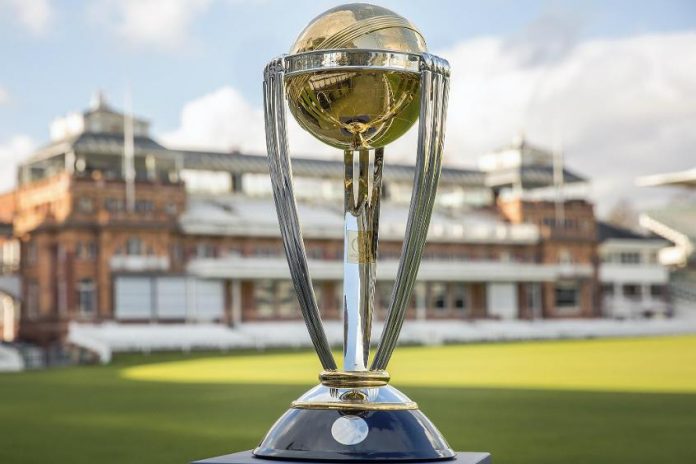The International Cricket Council (ICC) World Cup is a sporting spectacle watched by millions around the world. They watch with bated breath as their eyes are glued to witness the lifting of the coveted trophy. Here’s a look at the journey of this illustrious piece of metal that brought accoloades and glory to the winning teams.
The History
Prior to 1999 edition of the tournament, the Cricket World Cup trophies’ design changed when the sponsors changed. The trophy was crafted by designer Paul Marsden and produced in London by a team of craftsmen from Garrard & Co. The primary sponsors took charge of the silver adorned cup from 1975-1996, with the cup being titled rightly so.
The Prudential Cup was lifted by West Indies in both 1975 and 1979 by West Indies, followed by India in 1983. The fourth edition of the tournament had Reliance Industries on board as primary sponsors and it was Australia who took home the Reliance Cup Trophy in 1987. It was then followed by the Benson and Hedges Trophy in 1992 that went to Pakistan and the Wills Cup Trophy in 1996 that went to Sri Lanka. The Reliance and Wills Cup Trophies was made by Pabuwal of Jaipur who also holds the Guinness World Record for the world’s biggest and heaviest sports trophy.
The current trophy
The current trophy came into existence after the ICC decided to make a permanent World Cup Trophy that would debut at the 1999 edition of the tournament. Designed again by Paul Marsden of Garrard & Co, the current trophy was created in a span of two months and became the first permanent prize in the history of the tournament.
The trophy stands at a height of 60 cm, weighs approximately 11 kilograms and is made of silver and gold. The design features a golden globe that stands tall on three silver stumps. The columns, shaped as stumps represent the three fundamental aspects of cricket: batting, bowling and fielding. The Globe characterises a cricket ball with a seam that is tilted to represent the axial tilt of the Earth. The trophy also has the names of the previous winners etched onto its hardwood base.
The status of the current trophy
The original trophy remains in the custody of the International Cricket Council and is housed in one of their offices in Dubai. A replica that only differs in inscriptions is permanently awarded to the winning team. The original trophy has the ICC logo on it, while the replicas will carry the event logo on the inside of the columns.
Want to know more, watch this detailed video by the ICC to get a closer look at how the coveted tropy is made.

















